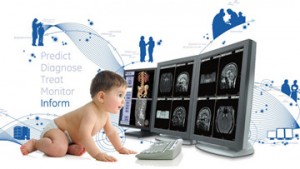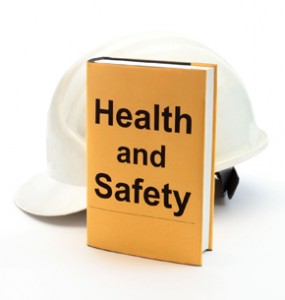 We, as Americans, have created the best healthcare system in the history of the world. But this “best” system faces some daunting challenges. The current employer must rethink their healthcare focus from just buying an insurance policy to a managed, data driven healthcare strategy.
We, as Americans, have created the best healthcare system in the history of the world. But this “best” system faces some daunting challenges. The current employer must rethink their healthcare focus from just buying an insurance policy to a managed, data driven healthcare strategy.
Current Strategies used by Employers for the Past Five Years
- Employers cost shifted to employees or absorbed the cost themselves.
- Employers monitored discounts (price) but not utilization.
- Employers received claims data as reports.
- Employers had no comparative information on the quality and cost of providers.
- Employers reviewed large claim activity.
- Employers sponsored health fairs and wellness screens for healthy well.
- Employers focused on negotiating the 10-20% fixed costs.
Future Employer Strategies Going Forward
- Employers will be directly involved in helping manage the healthcare delivery system.
- Employers will closely monitor utilization patterns and cost of the 25% of the population driving 90% of the cost.
- Employers will receive Executive Reports analyzing trends, demographics, actionable clinical information, chronicle disease reports, healthcare index factors, etc.
- Employers will focus on Healthcare Provider Process Improvement Programs and know the value of specific providers.
- Employers will know the healthcare index of their population and focus on large claim prevention.
- Employers will implement chronic disease management programs, predictive analysis, nurse navigators, nurse practitioners and wellness coaches.
- Employers will focus on managing the 80-90% of their health benefit cost which is claims.
Employers that make effective positive changes to the way they manage their healthcare will be rewarded with healthier more productive employees and lower cost for them and their employees.





